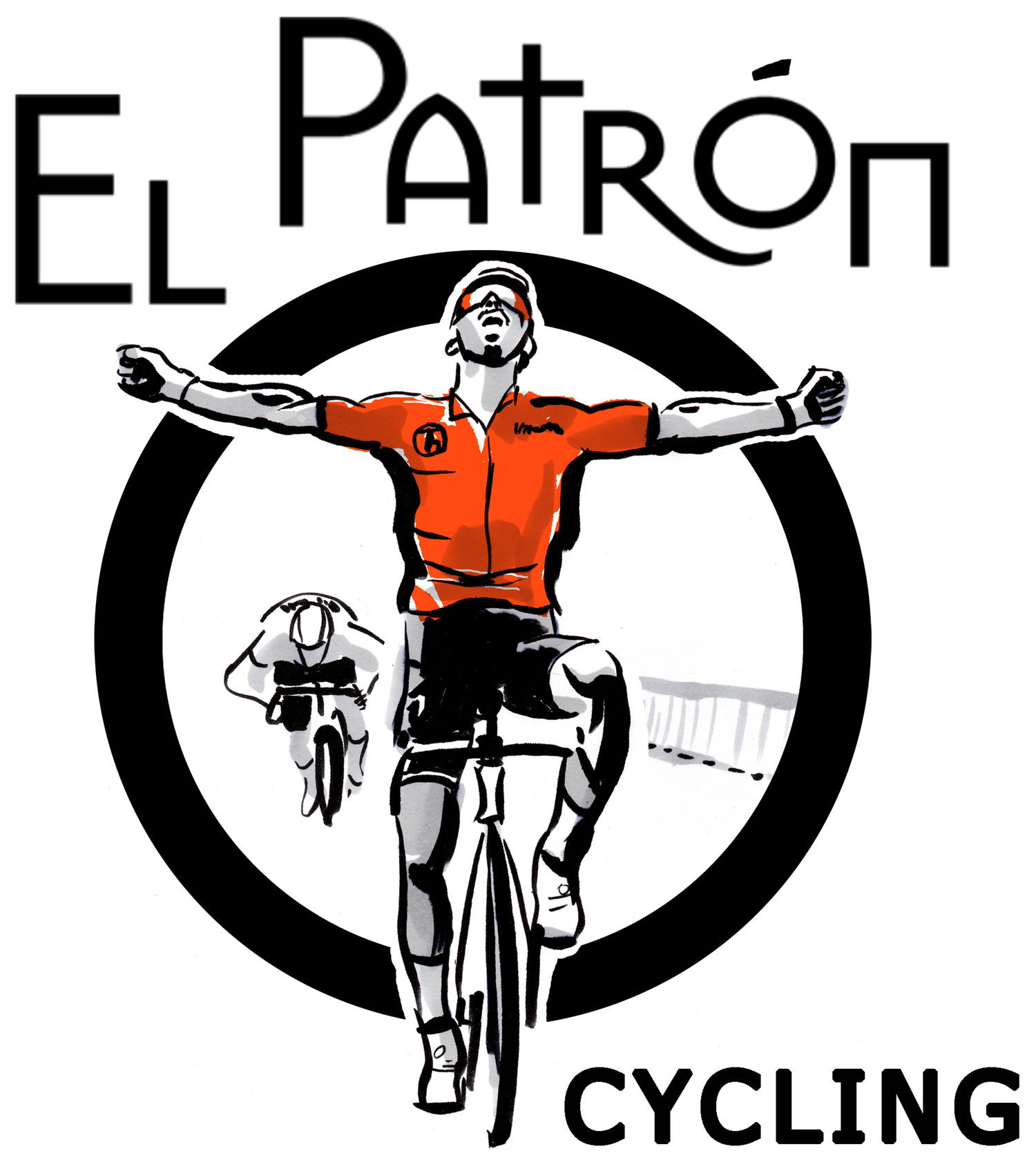Betting System
Whilst of course there are no guarantees, you can maximise your chances of making a profit on cycling by being smart about when and how much to stake depending on the stage.
Grand Tour stages are categorized by the organisers as flat, hilly, mountain, or time trial depending on their profile and type.
As a rule there is little value on time trial and flat stages due to the limited number of riders that are likely to make up the places. It’s best to keep stakes to a minimum and powder dry on these days.
Hilly stages can be both a positive and a negative for the punter. They can be more unpredictable and therefore trickier to find the winner, but they also have a larger number of riders who could contest the final.
Stakes are increased somewhat, but each hilly stage needs to be assessed on its own, taking a number of factors into account – how far into the race are we? does the breakaway have a chance? is there a clear attack point near the end?
Mountain stages come in two types – ones that are likely to be contested by GC favourites, and ones where the breakaway has a good chance of winning. Generally speaking, a stage with a “shark’s teeth” profile (a number of hard climbs separated throughout the day) gives the breakaway a good chance of either staying away or being allowed to compete for the win. This is because GC teams often ride conservatively until the final climb of the day. An exception to this would be near the end of a Grand Tour where riders are forced to attack early in order to make up time deficits.
A stage with a “hockey stick” profile (a big categorised summit finish) is more likely to favour GC contenders as the speed will be driven up into the bottom of the climb, and then they will attack hard on it; the more tired riders in the break will quickly lose minutes in the process. The “shark’s teeth” and “hockey stick” are generalisations, but hopefully you get the idea.
For staking, a mountain stage that favours GC riders may have half a dozen potential winners, again limiting the value available. But a mountain stage that favours a breakaway win could have 40 plus potential winners, often at attractive prices, and it is here that the staking plan needs to be concentrated.
Particular attention has to be paid to the profile at the start of the stage as this will determine what type of rider can make the break. A flat first 60km or so is going to favour a stronger rouleur type, whereas if the road goes up steeply from the flag, lighter climbers have a better chance.
In both cases, “savers” are necessary as it’s all a question of balance and probability – nothing is 100% certain. So it’s always wise to have a GC saver on a potential breakaway stage and vice versa.
Grand Tours vary depending on parcours and team motivations, but you can expect between five and ten stages to end with the breakaway taking the victory. Success or failure, profit or loss, is dependent on choosing these stages correctly and of course picking the right riders at the right price.
Take a look at the image to the right to see how this translates for this year’s Giro d’Italia.
As you can see, I have identified three stages (9, 12 & 17) that in my opinion have a better than 50% chance of ending with a breakaway win. And these will be where the most selections and the larger stakes will be focussed.
Another seven stages (4, 8, 14, 15, 18, 19 & 20) appear to have potential for a breakaway win but not as strongly as the three above. Interestingly, one of those (stage 18) is actually a flat stage. However, it’s a very long stage with spikes at the end of it which is likely to demotivate sprint teams from keeping the break in check. Plus teams will have pretty tired legs at this point which always makes the racing less orderly.
All of the above is flexible and the dynamics of the race situation have to be taken into account – it’s not set in stone but gives a guide to how I’ll be dividing my stakes throughout the race.
That’s the theory – picking winners is the hard part!



